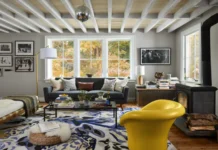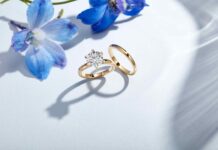
When we talk about interesting and attractive destinations, South Korea is becoming one of the most anticipated in recent years, and the reasons for that are countless. For example, many people are using modern Korean beauty cosmetics, that are full of calming ingredients, and provides great results in the fight against wrinkles, acne, and dehydrated skin. While we are here, we won’t skip mentioning the K-Pop music scene that is now pretty popular around the world.
As we all know, South Korea has a completely different way of living compared to North Korea, and they are the colorful and vibrant part of the Korean peninsula. The same goes with their traditional clothing too – their traditional clothing is named hanbok, which is really attractive and interesting, especially for the people that don’t really have a touch with the Korean culture in the past. It has a long history of manufacturing and wearing, and everyone who visited the country wants to take at least one piece of clothing with them. Yes, we talk about the colorful clothes you often see in the photos, and you get a lot of creative ideas on how to get inspired by that.
But first, let’s talk about the history and other interesting facts related to these clothes:
1. It has nomadic origins
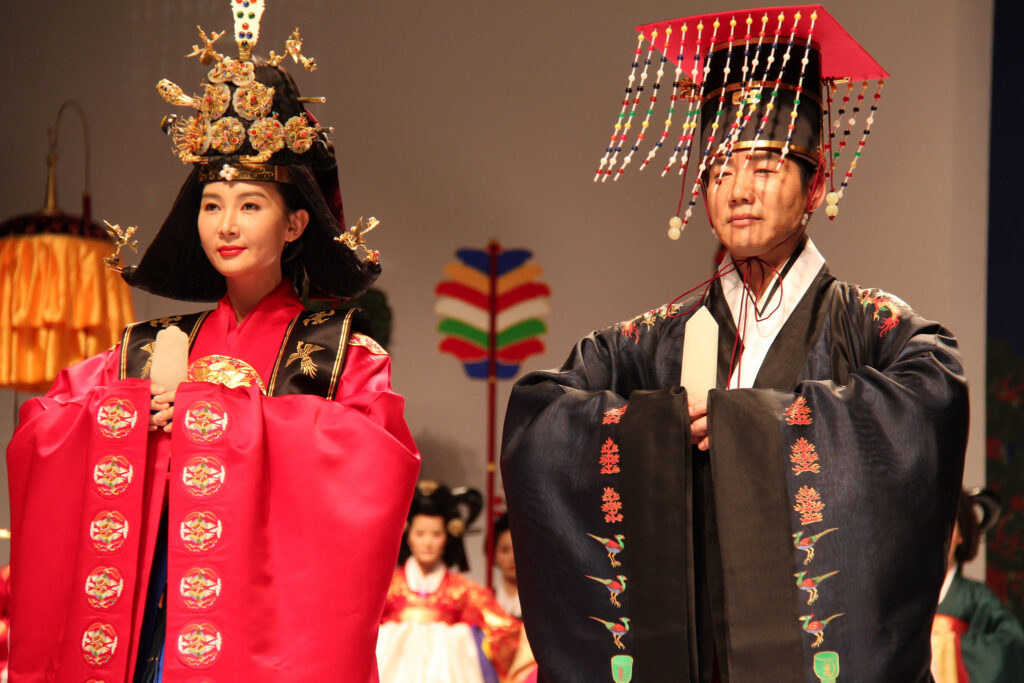
This is hard to believe, but hanbok has nomadic origins, even though it looks like a royal choice of clothes. The original designs were inspired by the clothes the nomads from different Asian areas were wearing. The initial designs weren’t that colorful, but as the design was developed, more colors and patterns were added. What you see today is close to the Goryeo Kingdom traditional clothes, which is believed is the original inspiration of the traditional hanbok.
2. Compositions and patterns
The women’s skirt is known as chima and men’s pants as baji. The upper part for both of them is known as jeogori. When combined together, they create a unique impression and look, that is different from any traditional clothing you’ve seen in your life. The design is based on the Korean idea of aesthetics, which means a lot of vibrant colors and patterns inspired by nature, and strict and clean lines and angles. The lower part is also created in a way that allows a free movement of the hips and legs, no matter if the person wears a skirt or pants. That gives an additional elegance, and they feel like they are floating, not walking.
3. The colors and materials
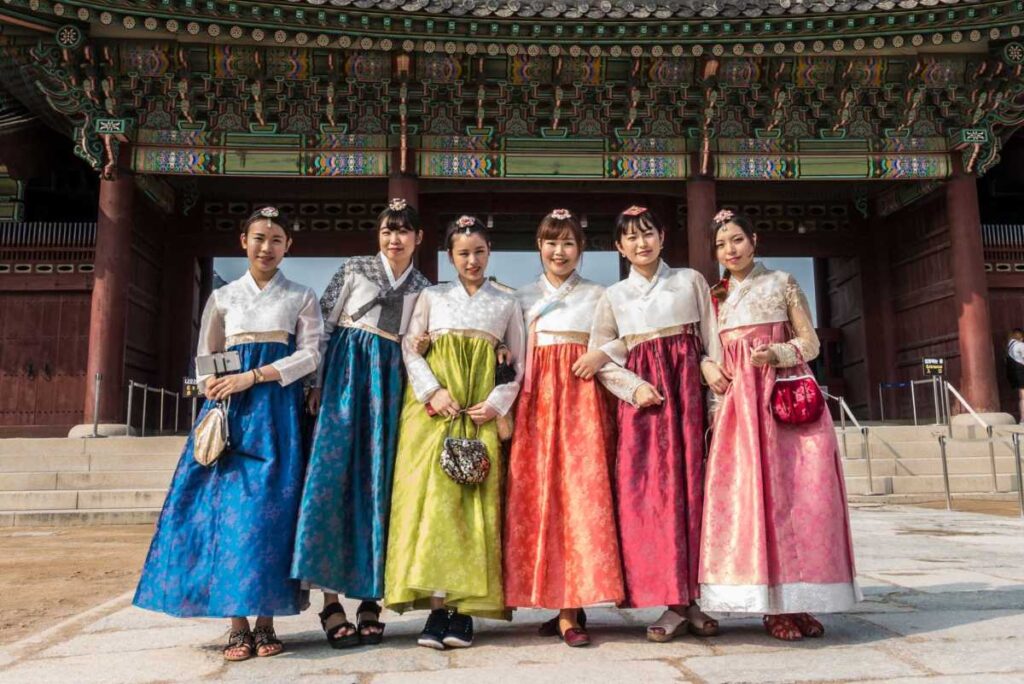
It can be made of different materials and fabrics, that come in bright colors, including silk and satin. In the past, the hanbok was made of the finest materials, but that means it can be pretty expensive for the buyer. That’s the reason why the souvenir editions are made of different fabrics that may not provide the same luxurious feeling. Of course, there are some manufacturers that offer an authentic choice of clothing for the tourists and those who are interested to get a piece of the Korean culture with them. Some parts of it can be made of hemp and cotton too. The colors are always bright, and they have a meaning too, which leads us to the next interesting fact.
4. The meaning of the colors
Black means creativity, wisdom, but also darkness and sadness, and it’s often worn on funerals. White, as you expect, is a symbol of life, purity, but also patriotism. Red is for love, life energy, and good fortune. Blue is a symbol of clarity, but also for a new birth. It’s commonly seen worn by the officials. Yellow was a color of the royalties, and it’s rarely seen on the commercial designs, but people there are starting to embrace it. Sometimes, unmarried women wear yellow, to show the potential unmarried men they are single. Green is the color of the youth, nature, and new beginnings, but also it is commonly worn by married women.
5. The modern adaptation
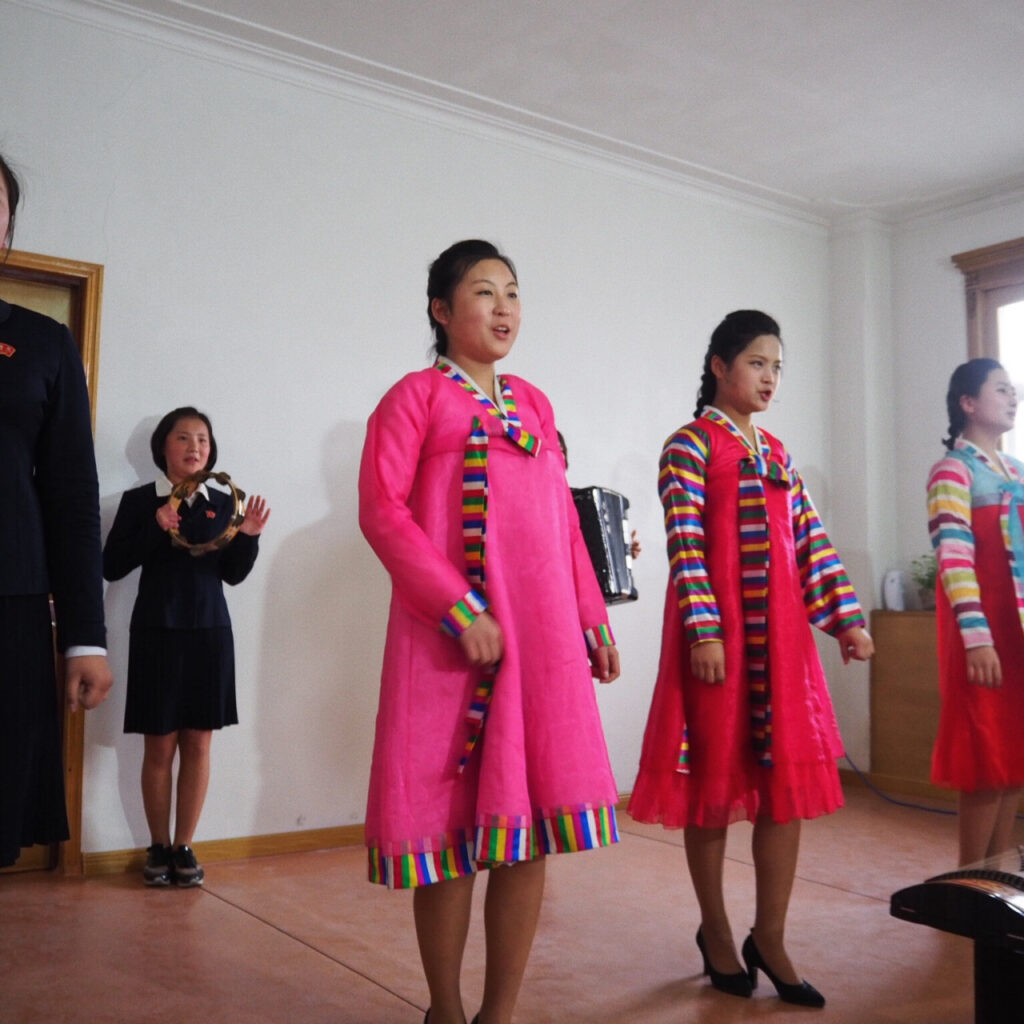
If you visit Joteta, you will see that the traditional inspiration is used to create modern clothing for both men and women, and even for the children, but also for gift covering, and many other handmade accessories. Even though we are talking about traditional clothing, it doesn’t mean it can’t be adapted for commercial creations and fashionable clothes inspired by one of the biggest cultures and traditions worldwide. The patterns are still inspired by the natural beauties of the country and traditional designs.
6. The footwear and accessories
There are different types of shoes they wear with hanbok, like silk embroider shoes, or leather designs with different patterns. Men wear leather shoes combined with silk, and there is a model of sandals known as jipshin that are worn by men and women too. Since these shoes aren’t anatomic, wearing socks known as beoseon is a must. And while we are here, we can mention the decorative ribbons, jewelry, and different type of pins that are a nice addition to the whole look. Most of the women wear accessories in their hair as they have to keep the buns together during the day.
7. You can rent it while there
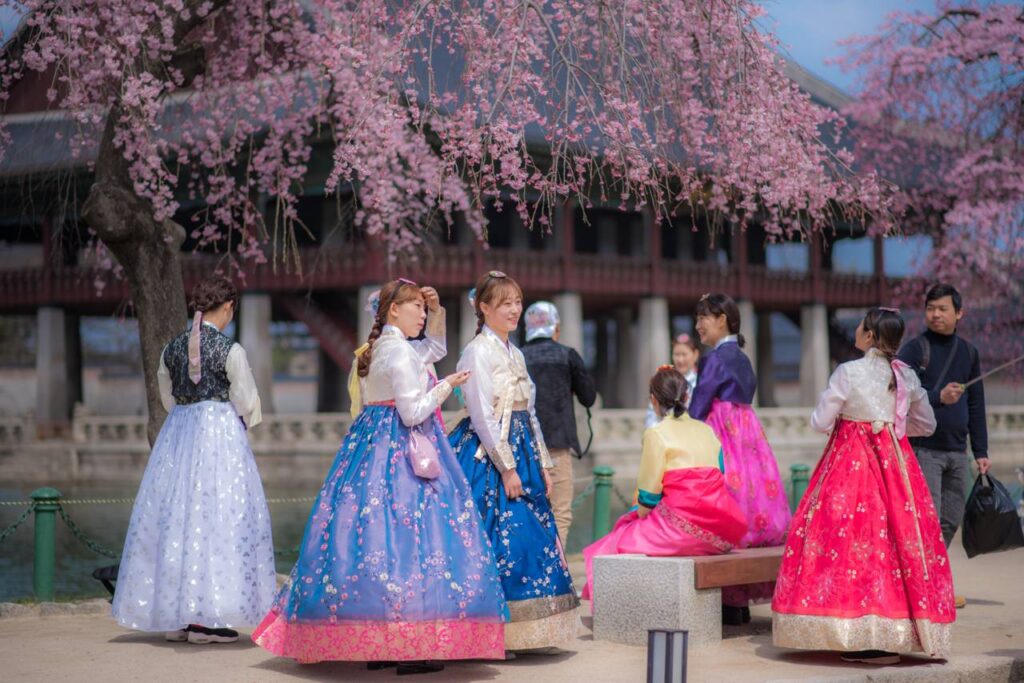
You don’t have to buy a hanbok if you find it expensive. But, surely you can get in touch with the culture and tradition of South Korea while you are there, by renting hanbok, and give it back to the store when done.
There they are! The most interesting facts about Korean traditional wearing and the meaning behind every color and pattern. Their culture is becoming popular around the world, and your interest in it is normal and expected.
But, it doesn’t mean you can’t wear your everyday clothes while staying there. You can do that, but if you want to get in touch with their tradition, you have a great chance for that, and they will be really happy to share their knowledge and culture with you. And surely, their style can be a huge inspiration even for the biggest fashion brands around the world, because they deserve it.


